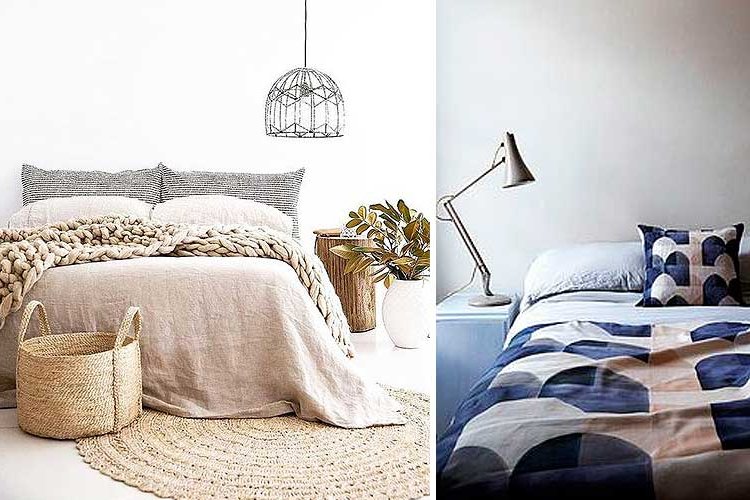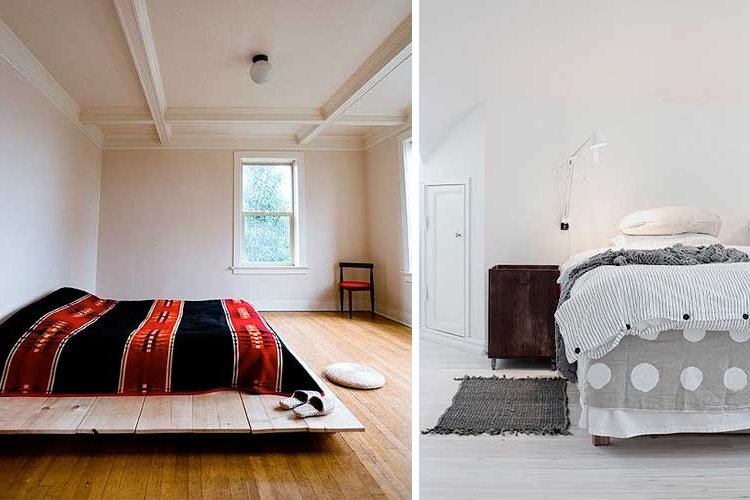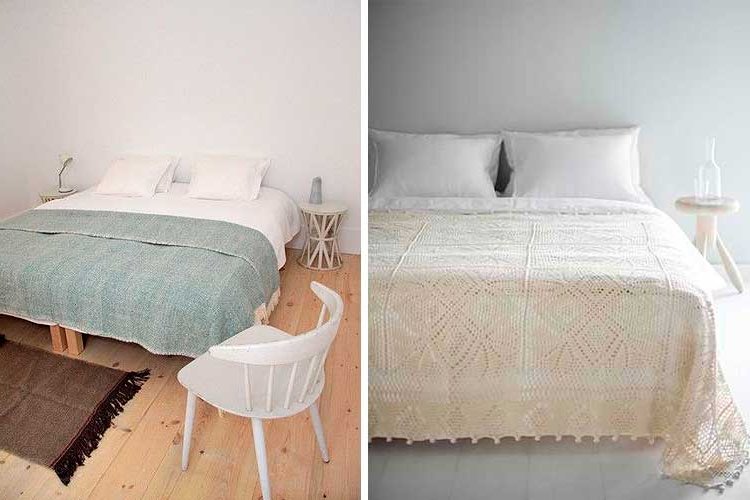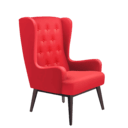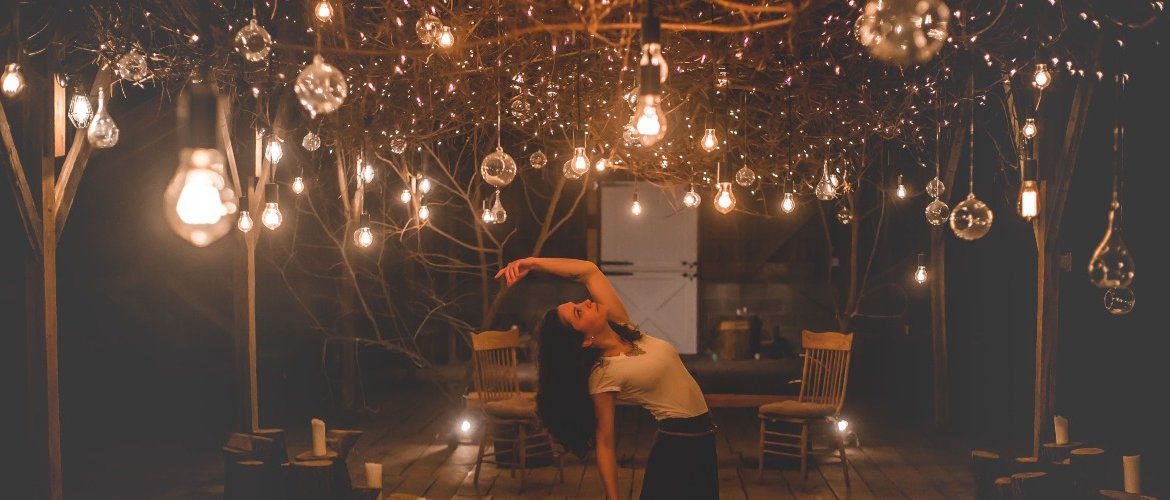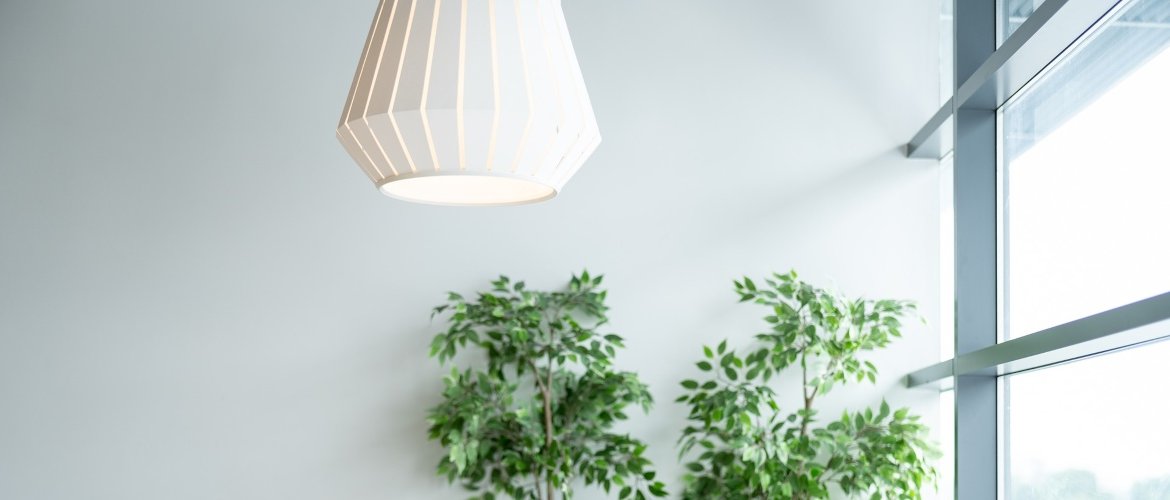Beds without headboard, do you dare with them?
When it comes to decorating a room, we usually tend to put the focus on one element: the headboard. However, beds without a headboard are sometimes the ideal option, and in today's post we are going to analyze different cases and the best way to deal with it.
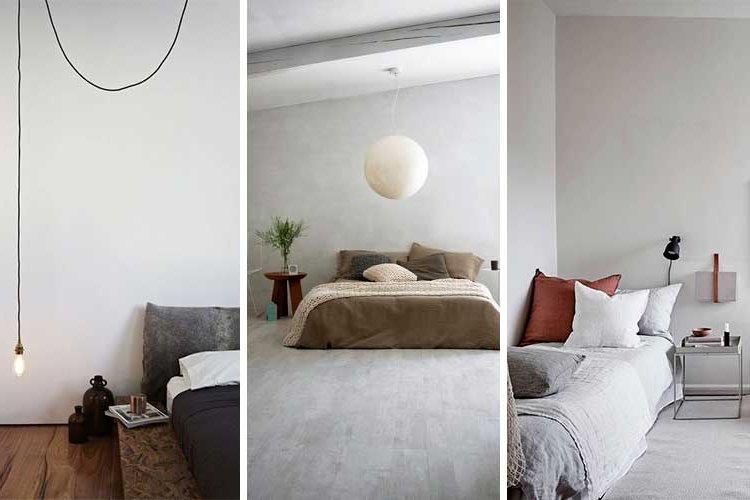
There are several reasons to opt for a bed without a headboard: sometimes, the room is so small that it does not leave much space at the feet, and the centimeters occupied by a headboard can be crucial. Other times it's a question of economy (why spend on a headboard when you can save that money). Others, because the focus is elsewhere, and a powerful headboard would distract attention.
Although most people usually prefer a headboard so as not to stain the bed or not to rest their head or back directly on the wall, the truth is that beds without a headboard can look spectacular. We will now analyze the most frequent cases and you will see how the result is as aesthetic as if they had a headboard.
Minimalism
One of the reasons to opt for a bed without a headboard is because of the style of the bedroom, and is that when you opt for minimalism, where "less is more" and any superfluous element must disappear, the headboard is at least dispensable. If in addition the envelope is white (fetish color of this style), eliminating the headboard avoids the contrast.
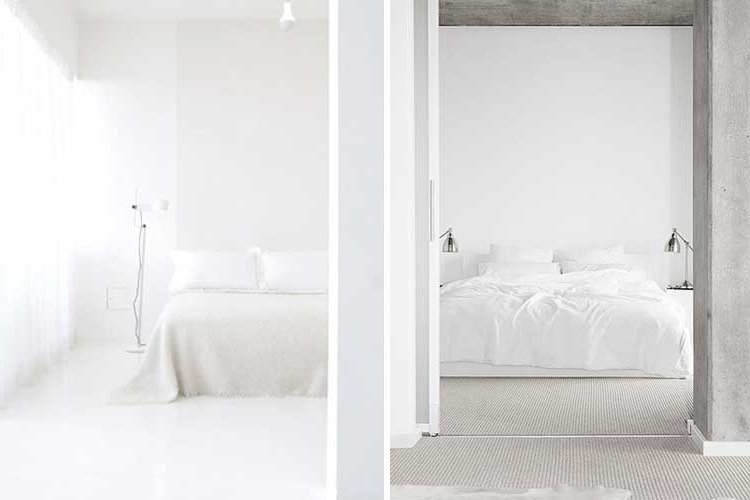
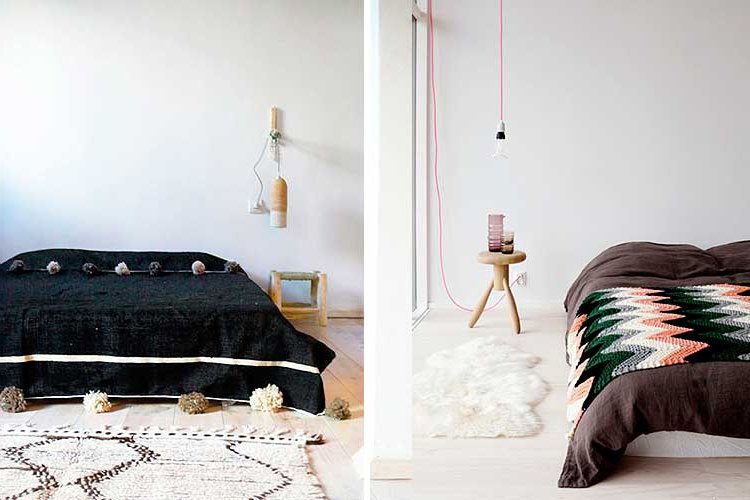
Low beds
Low beds decorate the bedroom in a very particular way. Seemingly "lying on the floor", the placement of a headboard would take away their strength and meaning.
If, in addition, you are looking for a Japanese type aesthetic, with tatami beds, the headboard is directly superfluous.
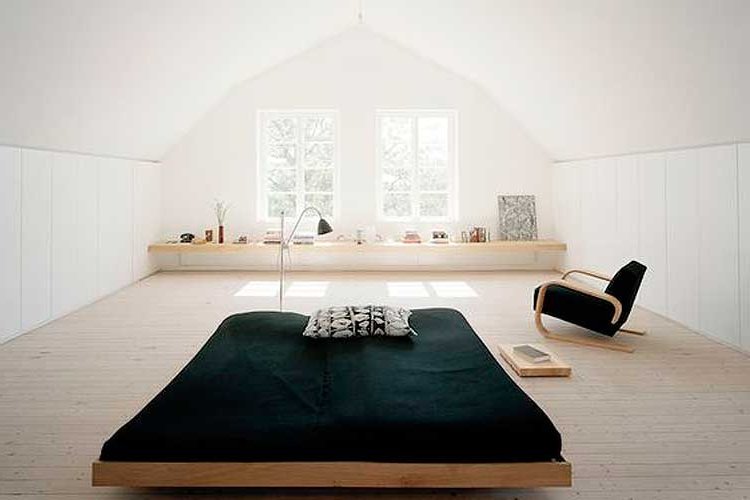
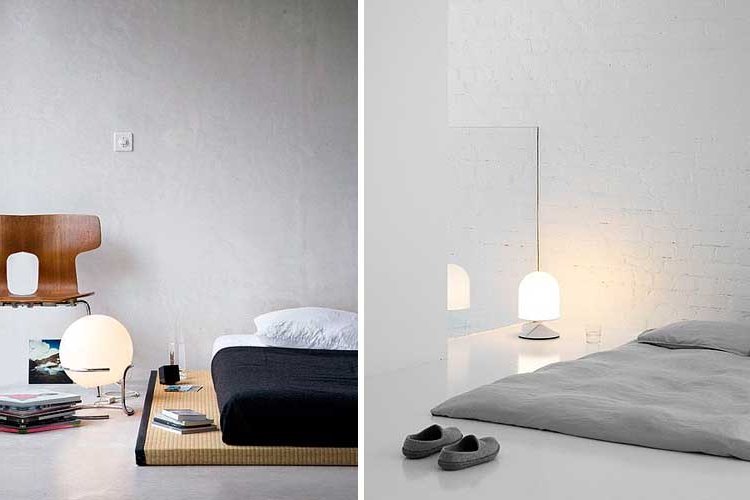
Focus on the ceiling
Sometimes, a bedroom has architectural elements of its own structure so powerful that a headboard would detract from their prominence. That's why, when a room has an original ceiling, beds without a headboard are the ideal choice, as they draw the eye upward and don't linger in the lower area.
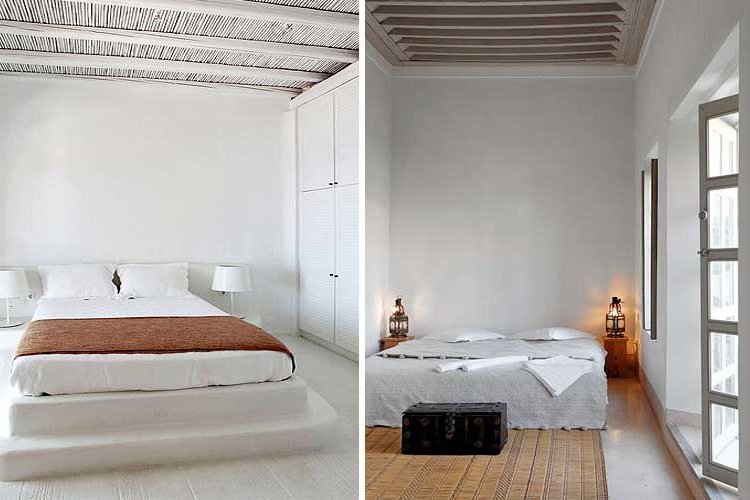
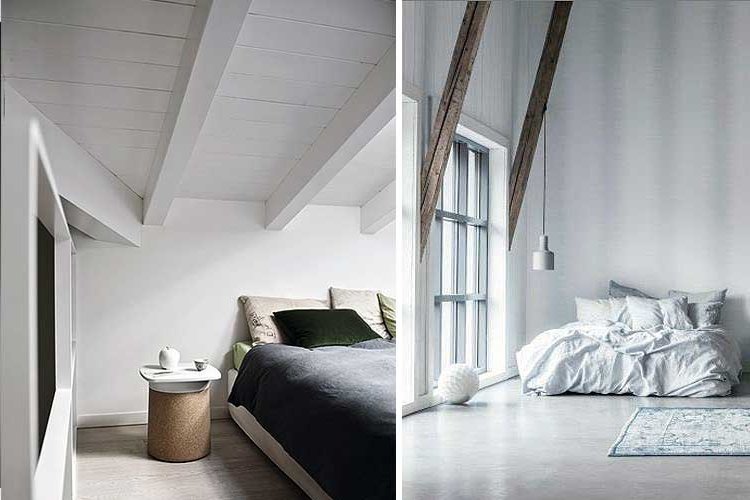
Attic bedrooms
Attics, especially if they are low and the head of the bed is placed on the short side, do not leave much room for a headboard, and if one were to be placed, it would further lower the feeling of low headroom in those areas. That's why it's much better to leave the bed without a headboard and let the beams get all the attention.

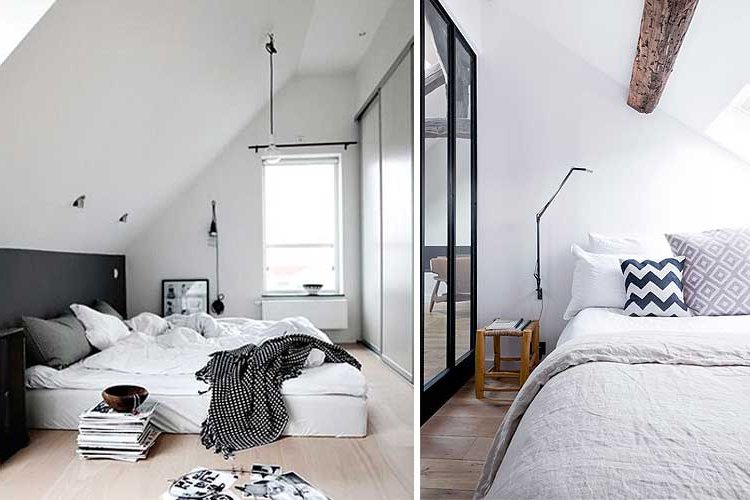
On the other hand, if the roof is gabled and the head of the bed is placed between them, not putting a headboard further emphasizes the shape of the beams.
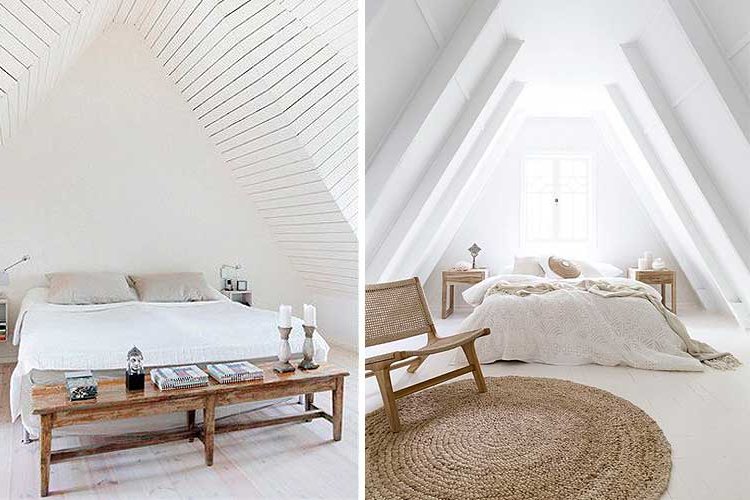
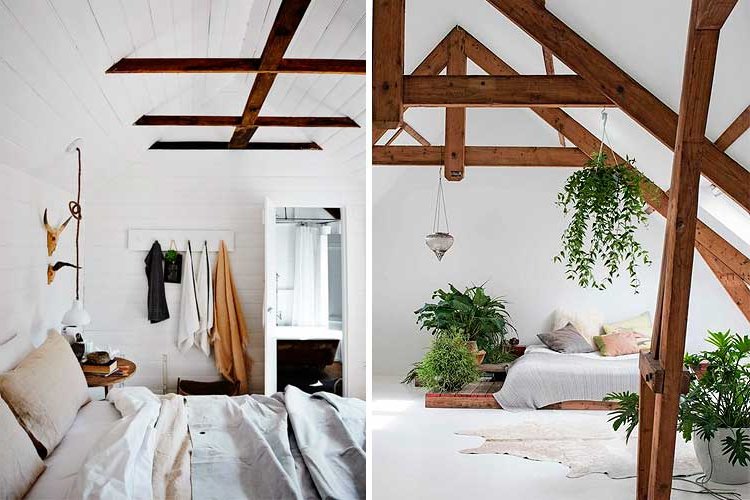
In any case, the structure of mansard roofs is usually so strong that it is better to leave it exposed and let the other elements blend in with it.
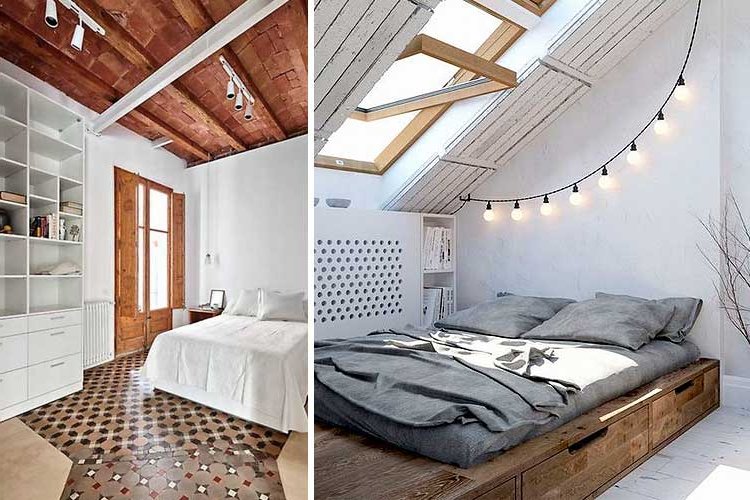
Focus to one side
Sometimes the focus is not on the ceiling structure but on some side element that we want to highlight. One of the most common are reading lamps, whether table or floor lamps.
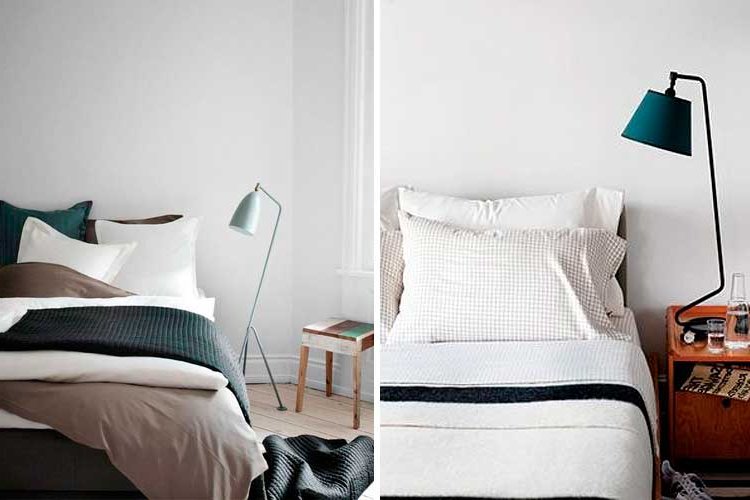
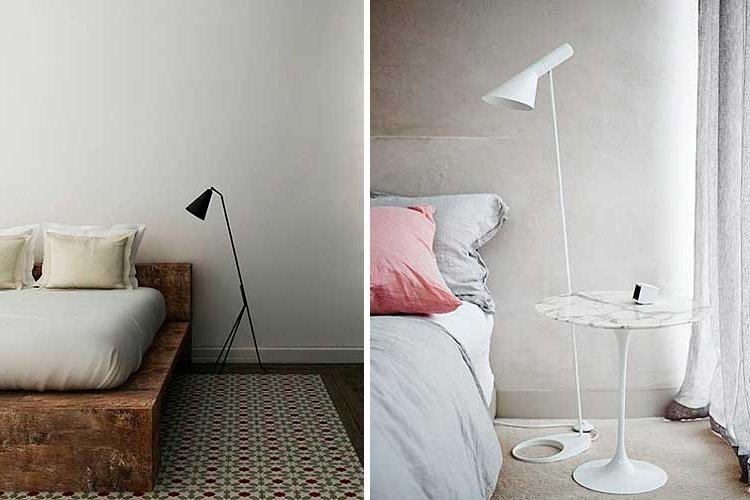
The same happens with the sconces, either on both sides of the bed or on one of them, leaving the opposite side for some other element to highlight.
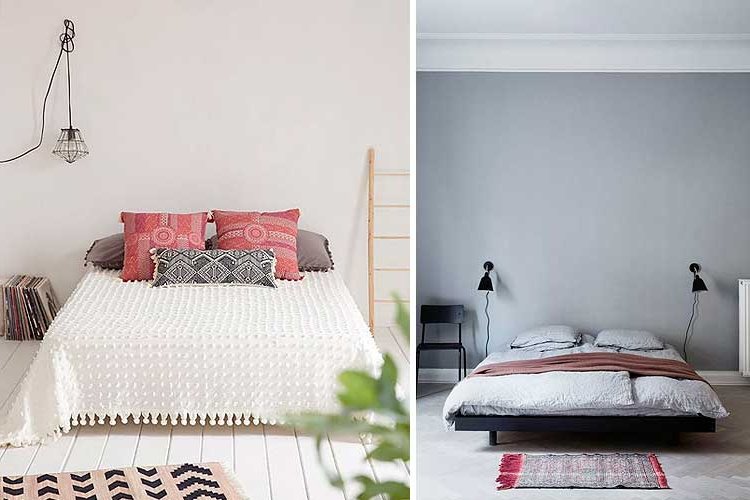
Finally, it also happens with hanging lamps, which usually also have some additional element supported on the floor, such as a picture or a mirror, which with the absence of headboard gain more strength.
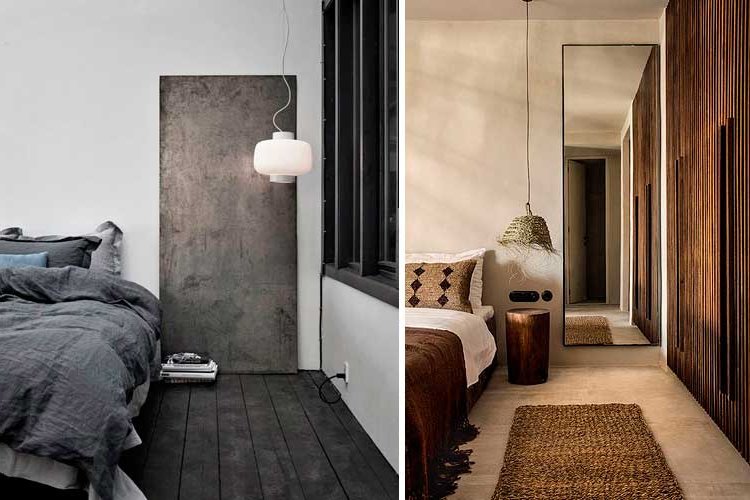
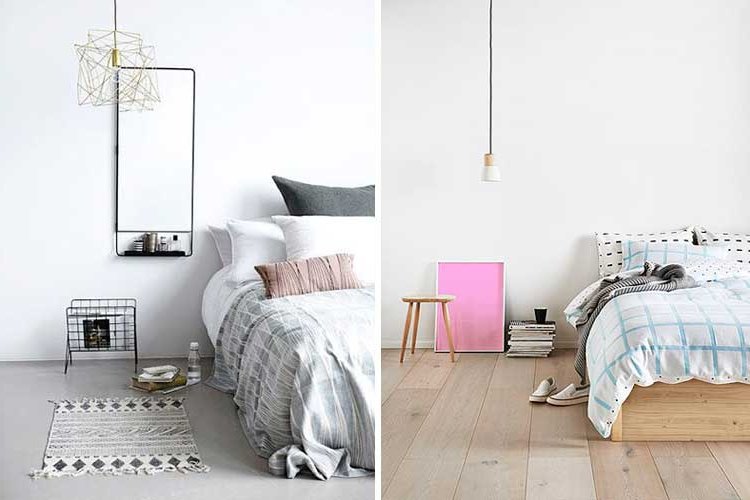
Focus on painting
Sometimes, what we want to highlight in a bedroom is not the headboard but the general atmosphere, creating an envelope formed by a specific painting that creates a relaxing effect, for which it is necessary that a headboard does not detract attention.
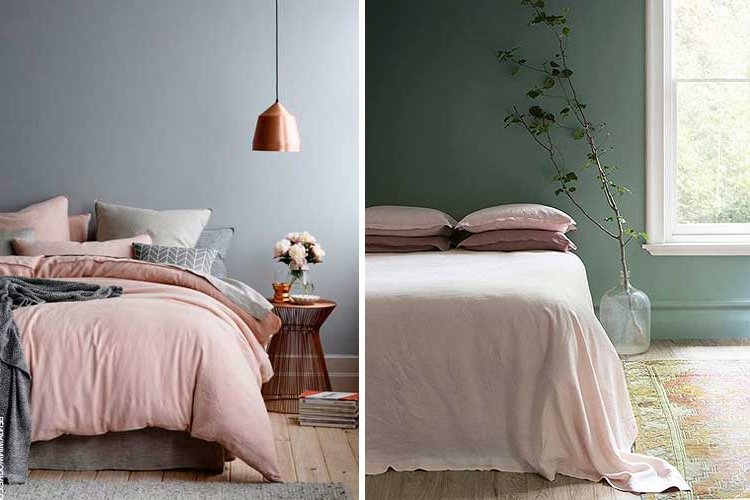
Other times we do want to specifically mark the wall of the headboard, but not with a specific element but with the paint itself.
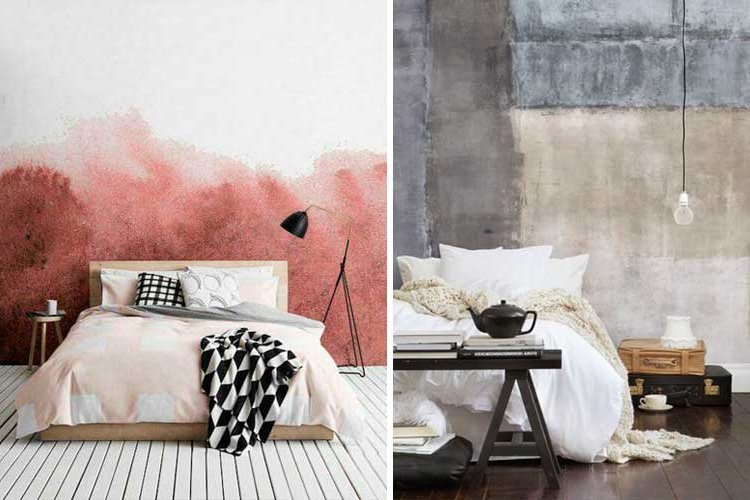
Focus on the walls
Other times, the strong personality of the natural wall covering overrides the need for a headboard to highlight the bed. This is the case of whitewashed walls, natural stone, brick, cement or concrete, which are strong enough not to need anything else.
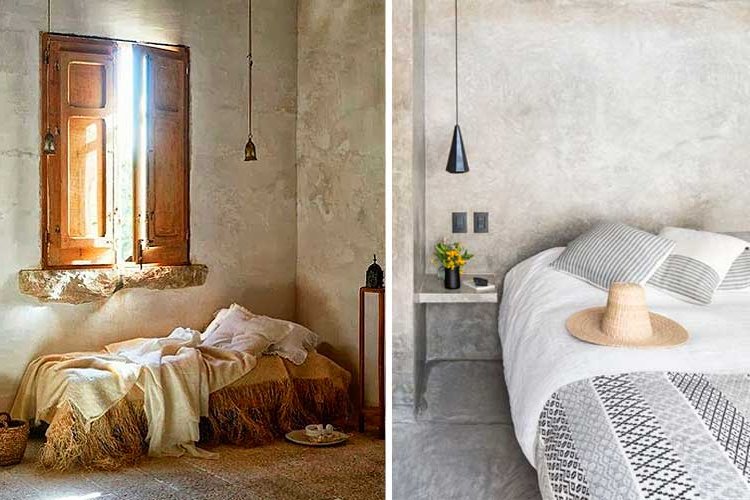
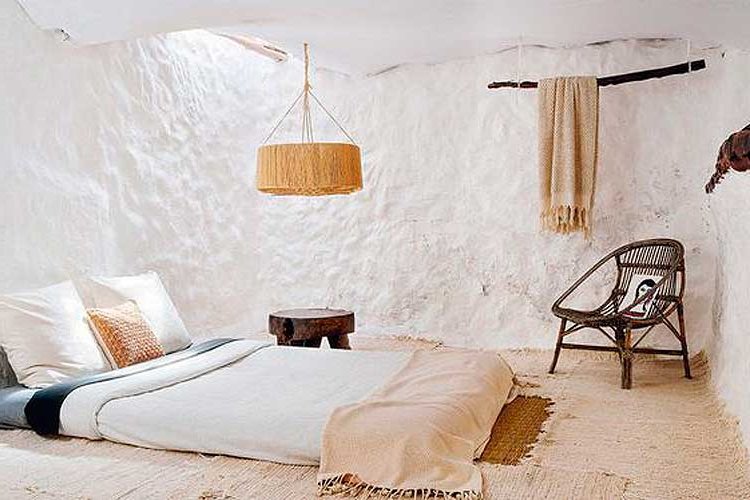
Dark rooms
Although most people prefer bright rooms, the truth is that dark environments often create spaces of intimacy very suitable for certain types of bedrooms. In these cases, the presence of a headboard, which usually contrasts with the wall, would also detract from the strength of the room, so it is better to opt for a bed without a headboard.
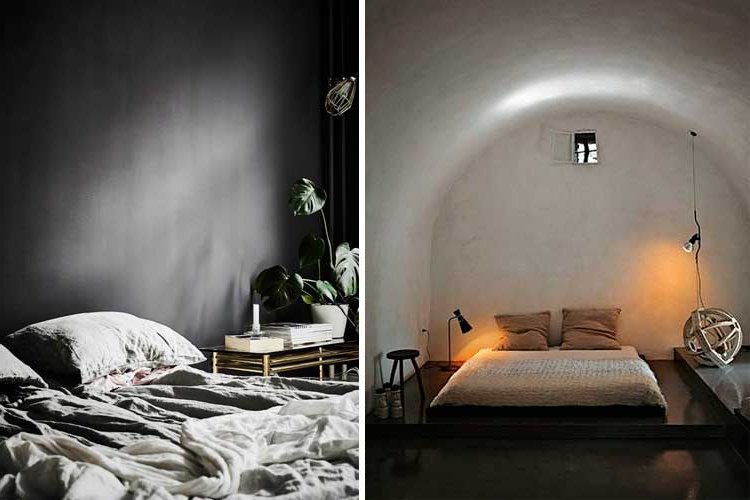
Enhancing windows and other external elements
Finally, and following the line of not taking prominence to another element, the beds without headboard are chosen when you want to highlight some other element of the room, such as a window next to the bed...
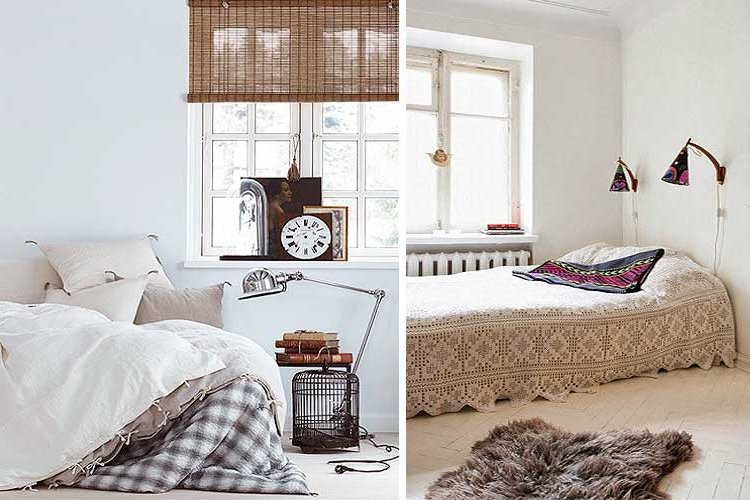
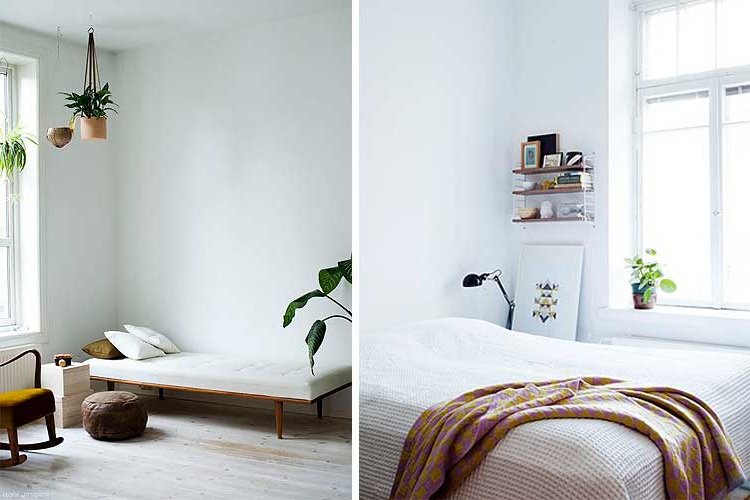
... a special ceiling lamp...
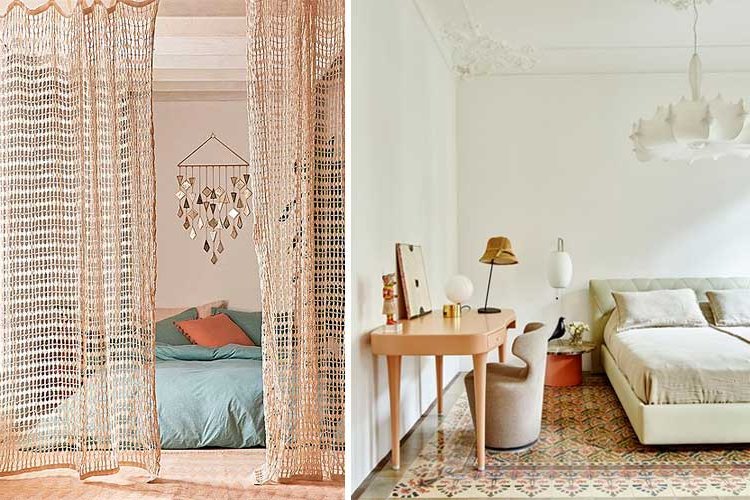
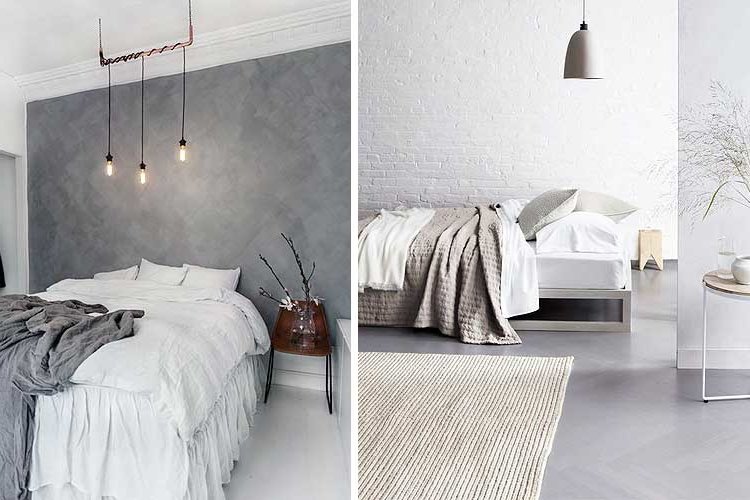
... even a niche or a decorative element...
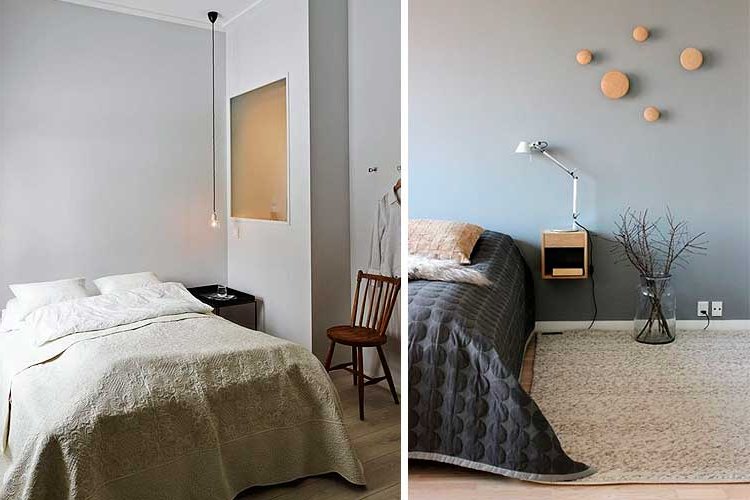
Focus on bedding
Finally, when the bedding contrasts with the rest or when you want to enhance cushions, plaids, bedspreads or blankets, it is better to opt for beds without headboard, as the proximity would steal the limelight (if you opt for it, we suggest that it is the same tone as the wall to mimic and divert all the attention to the bedding).
